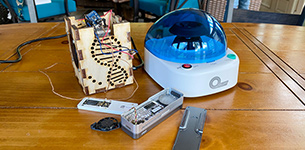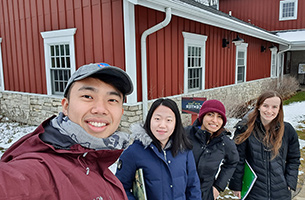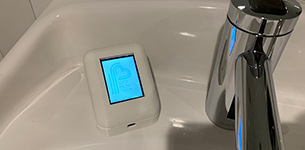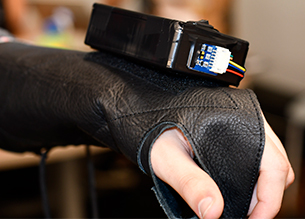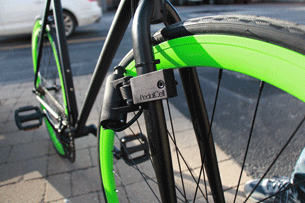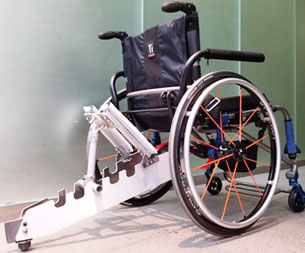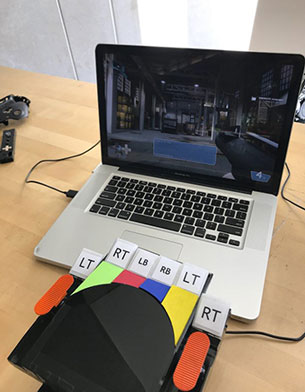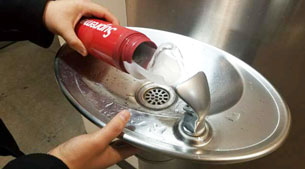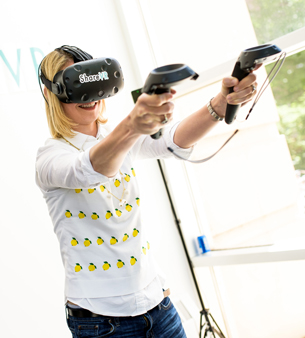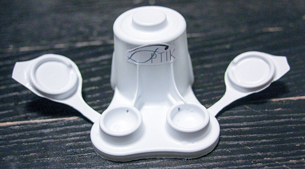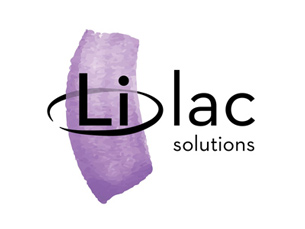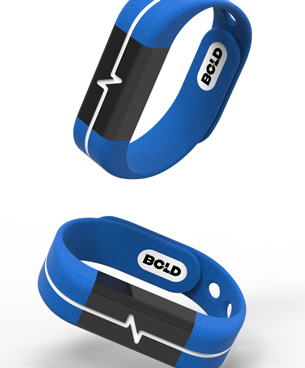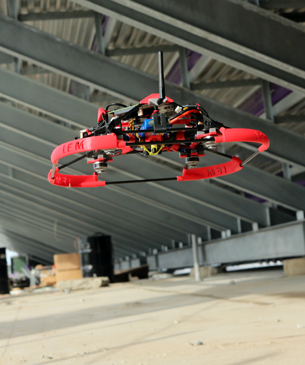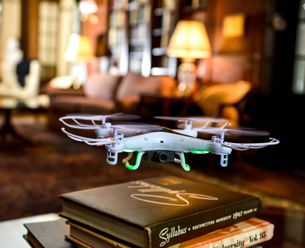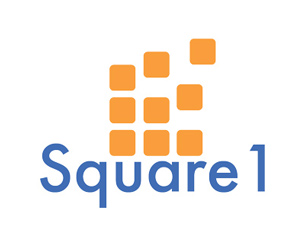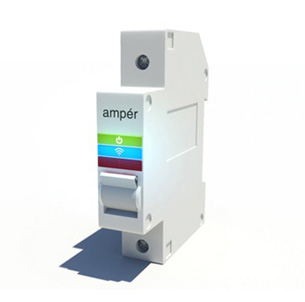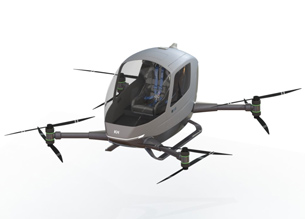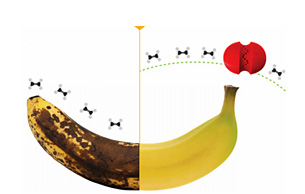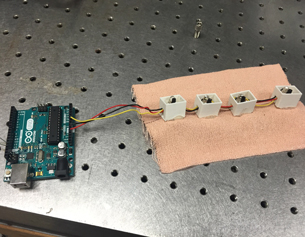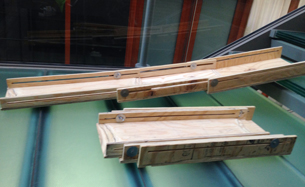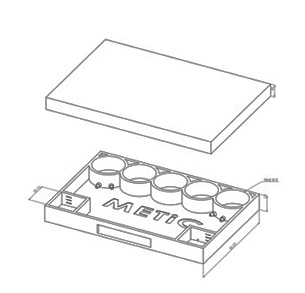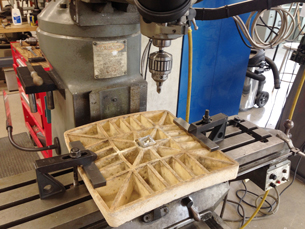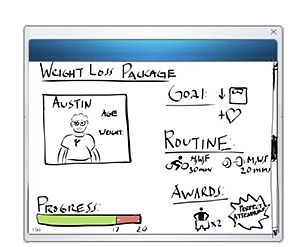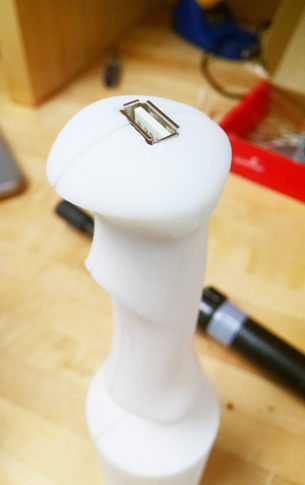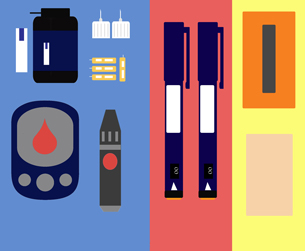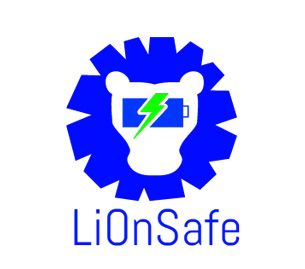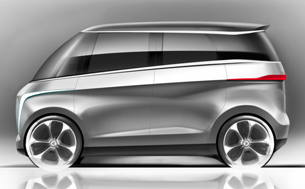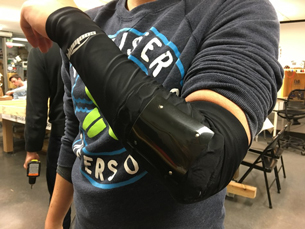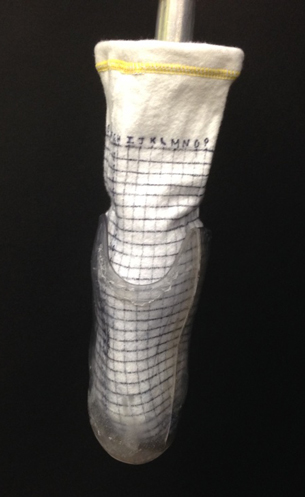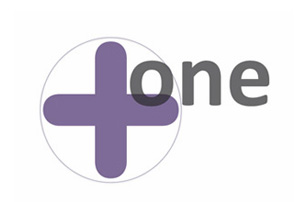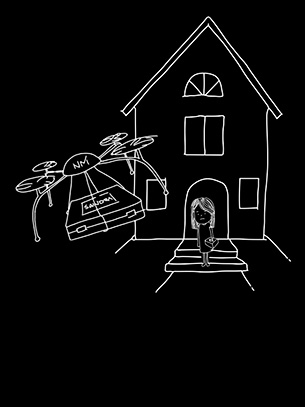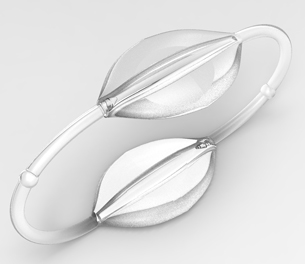Kairos Air (formerly Kitty Hawk)A small, self-piloting electric air vehicle
Designed by students in the NUvention: Energy course, Kairos Air is a small, self-piloting electric air vehicle designed to revolutionize the way people move.
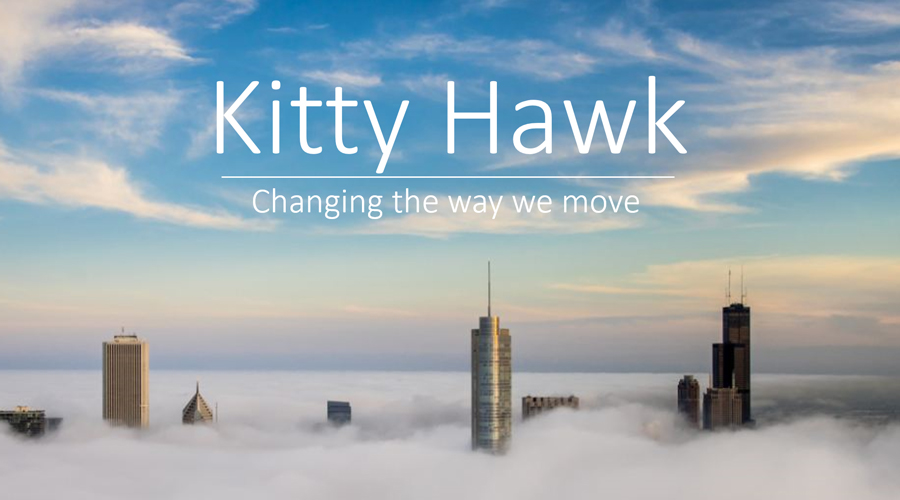
Problem
Americans spend an average of 42 hours a year stuck in traffic, resulting in a loss of approximately $121 billion in economic productivity. With a lack of public infrastructure to support easing congestion on the roads, a new method of transportation is needed to help people get where they need to go faster.
Imagine you lived in the suburbs and received a last-minute phone call for a work meeting that required you to be downtown in 30 minutes. You could take a car and spend at least 45 minutes stuck in traffic, or you could take a Kitty Hawk and arrive in less than 10 minutes. , Kairos Air, co-founder
Solution
 Kairos Air offers to change the way people travel by providing a faster, more affordable, environmentally friendly short-distance air transportation service to everyday commuters. Like a ski lift without cables, Kairos Air’s autonomous electric air vehicles are designed to transport one passenger and their carry-on luggage up to 33 miles in distance (approximately 35 minutes of flight time) via an FAA-authorized point-to-point transportation route.
Kairos Air offers to change the way people travel by providing a faster, more affordable, environmentally friendly short-distance air transportation service to everyday commuters. Like a ski lift without cables, Kairos Air’s autonomous electric air vehicles are designed to transport one passenger and their carry-on luggage up to 33 miles in distance (approximately 35 minutes of flight time) via an FAA-authorized point-to-point transportation route.
Kairos Air’s prototyped design is deliberately simple, with fewer inputs and systems than a traditional helicopter. The craft’s 13 x 13 frame is similar in size to an SUV but runs on an electric battery, eliminating the cost of fuel. Completely self-piloted, Kairos Air features a triple redundancy flight system that includes three separate points of control so travelers can be assured of a safe flight.
Benefits
- Powered by an electric battery, Kairos Air vehicles provide a cleaner alternative to traditional transportation
- The aircraft’s simple design and triple redundancy control system ensures a safe flight for passengers
- Commute times could be exponentially decreased compared to traveling via automobiles or public transportation
Development Process
Kairos Air was formed in January 2016 during Northwestern’s interdisciplinary NUvention: Energy course. The startup’s founding members come from a diverse background in engineering, transportation, law, business, and government.
- The group researched the existing unmanned aerial vehicles, certified pilot, and alternative aviation segments to identify a target market where Kairos Air could fit.
- The team conducted extensive interviews with leading experts in aviation and innovation, including researchers focused on autonomous driving, aircraft executives, NASA representatives, and former Air Force One pilots.
- The team conducted a technical viability analysis to prove the specifications of the vehicle, and created a visual rendering of the vehicle to showcase its capabilities.
- After determining their technical model was viable, the team developed a business plan that identified target customer bases, the beachhead market, and the estimated Total Available Market (TAM) and Serviceable Available Market (SAM).
Current Status
Members of Kairos Air pitched their technology and business plan to the NUvention: Energy board of directors after completing the Farley Center for Entrepreneurship and Innovation course in March. The startup was accepted into Northwestern’s startup incubator The Garage, where it will take part in spring residency and participate in its Wildfire Summer Accelerator program to gain further traction in launching their startup.
Updated April 2017
Co-foundersPablo Campos (mechanical engineering), Andrew Dilts (Kellogg School of Management), James Griffin (Kellogg School of Management), Aditya Ramkumar (mechanical engineering), Eduardo Ruiz (Kellogg School of Management)



